Market Trends
Key Emerging Trends in the Hand Hygiene Products Market
In the realm of hand hygiene products, market share positioning strategies are pivotal for companies striving to establish a significant presence and outperform competitors. These strategies encompass various tactics aimed at capturing a larger market share and securing a competitive advantage in a rapidly evolving industry.
One prominent strategy employed by companies in the hand hygiene products market is product innovation. With heightened consumer awareness of health and hygiene, there's a growing demand for advanced and effective hand hygiene solutions. Companies invest in research and development to introduce innovative products with unique features, formulations, or delivery mechanisms. For example, the development of hand sanitizers with longer-lasting antimicrobial effects or the incorporation of natural ingredients to appeal to environmentally conscious consumers. By offering cutting-edge solutions, companies can differentiate themselves from competitors and attract a loyal customer base.
Pricing strategy is another critical aspect of market share positioning in the hand hygiene products market. Given the essential nature of these products, consumers are often price-sensitive, especially in highly competitive segments. Companies employ various pricing strategies to strike a balance between affordability and profitability. Some opt for penetration pricing, setting lower initial prices to gain market share rapidly and attract price-conscious consumers. Others may adopt a premium pricing strategy, positioning their products as high-quality or luxury options and targeting consumers willing to pay a premium for superior efficacy or branding.
Distribution channels play a crucial role in reaching target consumers and maximizing market share. Companies must ensure widespread availability of their hand hygiene products across various retail channels, including supermarkets, pharmacies, convenience stores, and online platforms. Strategic partnerships with distributors and retailers enable companies to expand their reach and penetrate new markets effectively. Additionally, investing in direct-to-consumer channels, such as e-commerce platforms or subscription services, allows companies to bypass intermediaries and strengthen their market position.
Brand positioning and marketing communication are fundamental components of market share strategies in the hand hygiene products market. Building a strong brand identity that resonates with consumers is essential for gaining a competitive edge. Companies invest in branding efforts that emphasize trust, reliability, and product efficacy. This may involve extensive advertising campaigns across multiple channels, influencer partnerships, social media engagement, and educational initiatives to raise awareness about the importance of hand hygiene. By establishing a compelling brand narrative and fostering emotional connections with consumers, companies can cultivate brand loyalty and increase their market share.
Market segmentation is another key strategy employed by companies to target specific consumer segments effectively. By identifying distinct demographic, psychographic, or behavioral segments, companies can tailor their products and marketing efforts to meet the unique needs and preferences of different customer groups. For instance, targeting healthcare facilities with hospital-grade hand sanitizers formulated for medical settings or offering family-friendly hand hygiene products designed for children. By catering to niche markets, companies can gain a competitive advantage and capture a larger share of the overall market.
Innovation remains a driving force behind market share positioning strategies in the hand hygiene products market. Companies continuously invest in research and development to introduce new and improved products that address emerging consumer needs and preferences. Whether it's developing hand sanitizers with moisturizing properties to prevent dryness or introducing eco-friendly packaging options to appeal to environmentally conscious consumers, innovation enables companies to differentiate themselves and stay ahead of competitors.
In conclusion, market share positioning strategies in the hand hygiene products market encompass a multifaceted approach that includes product innovation, pricing strategies, distribution channels, branding, market segmentation, and innovation. By implementing these strategies effectively, companies can enhance their competitive advantage, strengthen their market position, and capture a larger share of the market, ultimately driving business growth and success.

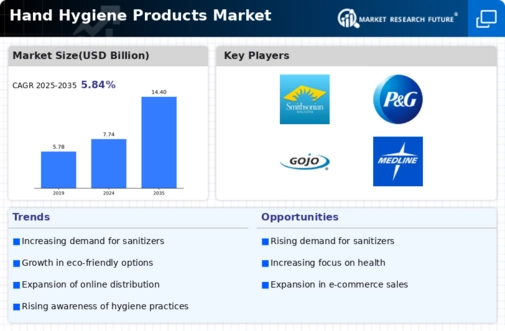
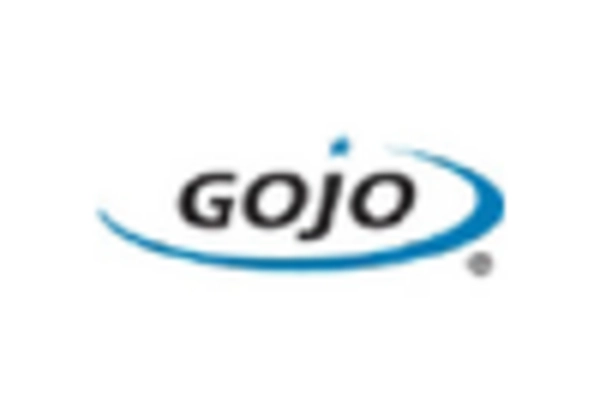
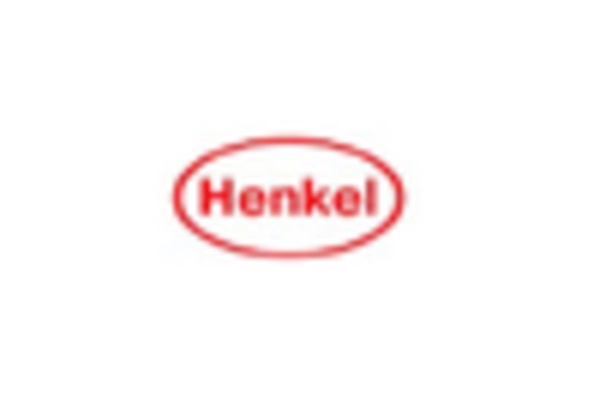
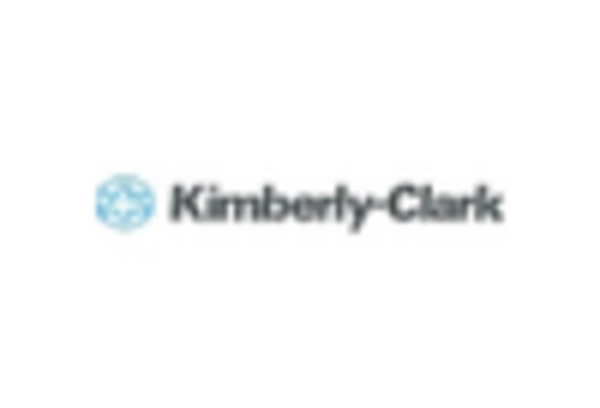
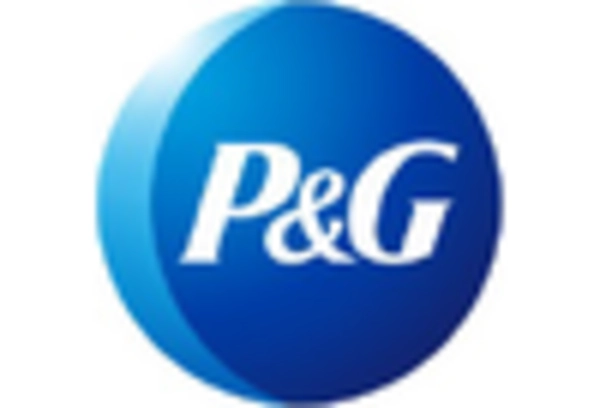
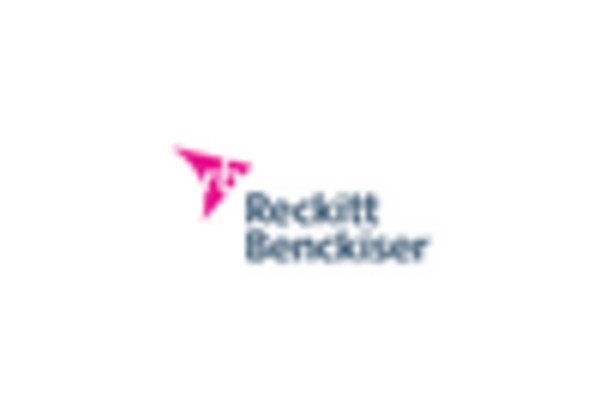
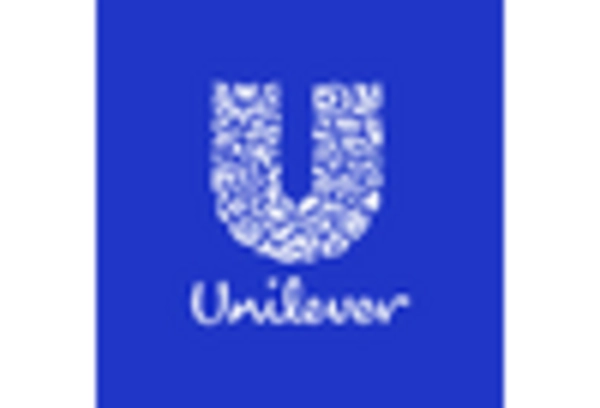









Leave a Comment